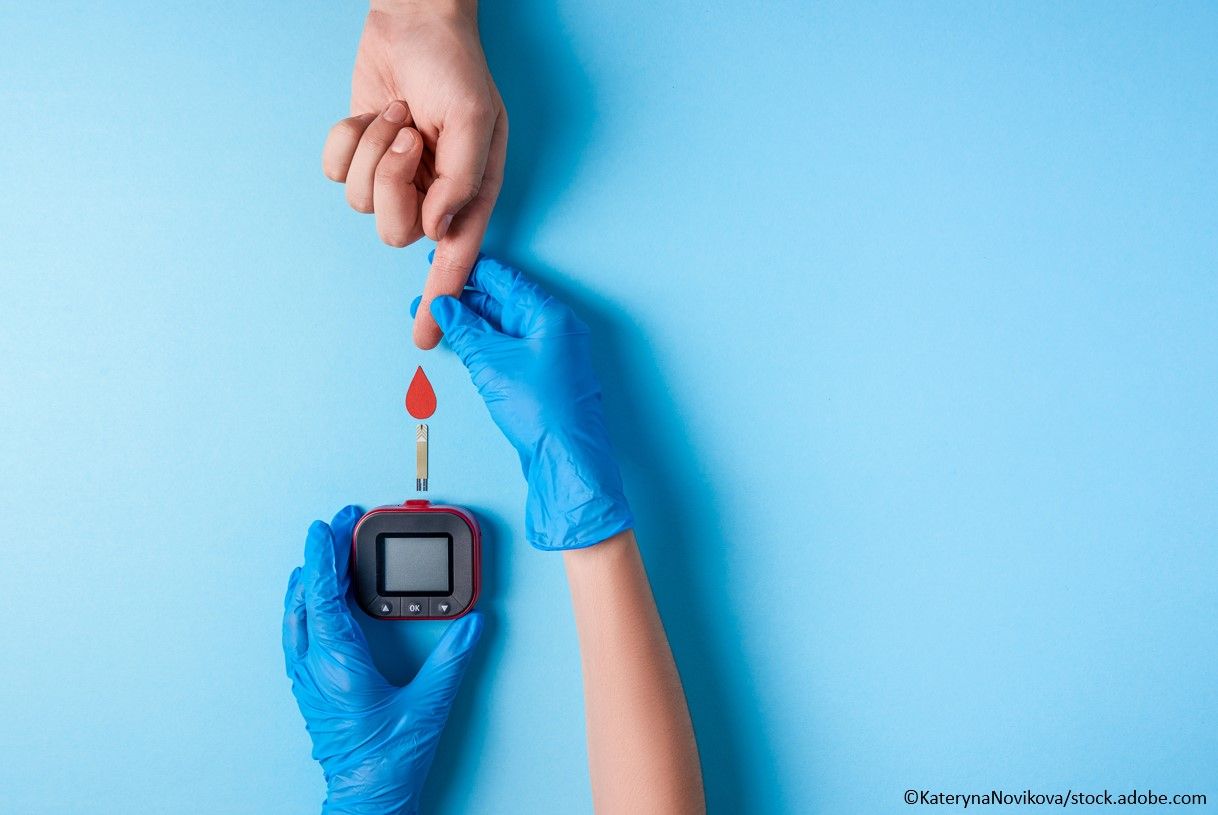- Clinical Technology
- Adult Immunization
- Hepatology
- Pediatric Immunization
- Screening
- Psychiatry
- Allergy
- Women's Health
- Cardiology
- Pediatrics
- Dermatology
- Endocrinology
- Pain Management
- Gastroenterology
- Infectious Disease
- Obesity Medicine
- Rheumatology
- Nephrology
- Neurology
- Pulmonology
Achieving A1c Levels Below 7% Early May be Predictive of Long-term Glycemic Control in Patients with T2D
Early attainment of an A1c level below 7% was predictive of long-term glycemic control in patients with type 2 diabetes starting second-line glucose-lowering therapy in a new analysis.

Early attainment of a hemoglobin A1c (A1c) level below 7% may be predictive of long-term glycemic control in patients with type 2 diabetes (T2D) initiating second-line glucose-lowering therapy, according to a new analysis published in Diabetes, Obesity and Metabolism.
“Our results suggest that patients with an elevated HbA1c level after 6 months following initiation of second-line glucose-lowering therapy should be considered as being at high risk of persistent poor glycaemic [sic] control, and therefore should have their treatment intensified in a timely manner to minimize therapeutic inertia,” wrote study authors led by Fabrice Bonnet, MD, PhD, chair of endocrinology, University of Rennes, France.
Researchers used data from the global, 3-year observational DISCOVER study of patients with T2D in order to examine the factors associated with achieving good long-term glycemic control (A1c <7%) in a subset of patients with elevated blood glucose levels (A1c ≥7%) at initiation of second-line glucose-lowering therapy (baseline).
In order to assess the differences between patients with moderately elevated A1c levels and those with severely elevated A1c levels, participants were separated into 2 cohorts: those with baseline A1c ≥7% and <9% (group 1), and those with baseline A1c ≥9% (group 2).
Among the 14 691 DISCOVER participants assessed, 5342 (56.6% men; mean age, 58.7 years) were included in group 1 and 2233 (58% men; mean age, 54.4 years) were included in group 2.
Researchers found that after 6 months of second-line therapy, 43.7% and 24.2% of patients had an A1c level <7% in group 1 and 2, respectively. At 3 years, these proportions had increased slightly to 45.8% and 29.3%.
The proportion of participants with A1c levels ≥9% at 3 years was 6.1% in group 1 and 18.6% in group 2.
In both groups, the most common first-line treatment was metformin monotherapy, followed by dual therapy. Second-line therapy with insulin, alone or in combination with other agents, was initiated in 3.3% of patients in group 1 and in 14.5% of patients in group 2.
Having A1c <7% at 6 months, compared to ≥7%, was the strongest predictor of having A1c <7% at 3 years in both cohorts (odds ratio [95% confidence interval]: 2.01 [1.77–2.27] and 2.68 [2.10–3.41], respectively).
Also, a shorter time since T2D diagnosis and lower A1c at baseline were associated with an increased likelihood of having an A1c level <7.0% at 3 years, according to study authors.
“These findings are in line with previous studies, which have also demonstrated an association between earlier initiation of second-line therapy and improved glycaemic control,” researchers concluded. “Together, these results emphasize the importance of early glycaemic control with timely treatment intensification, as recommended by clinical guidelines.”
Obesity Linked to Faster Alzheimer Disease Progression in Longitudinal Blood Biomarker Analysis
December 2nd 2025Biomarker trajectories over 5 years in study participants with AD show steeper rises in pTau217, NfL, and amyloid burden among those with obesity, highlighting risk factor relevance.
